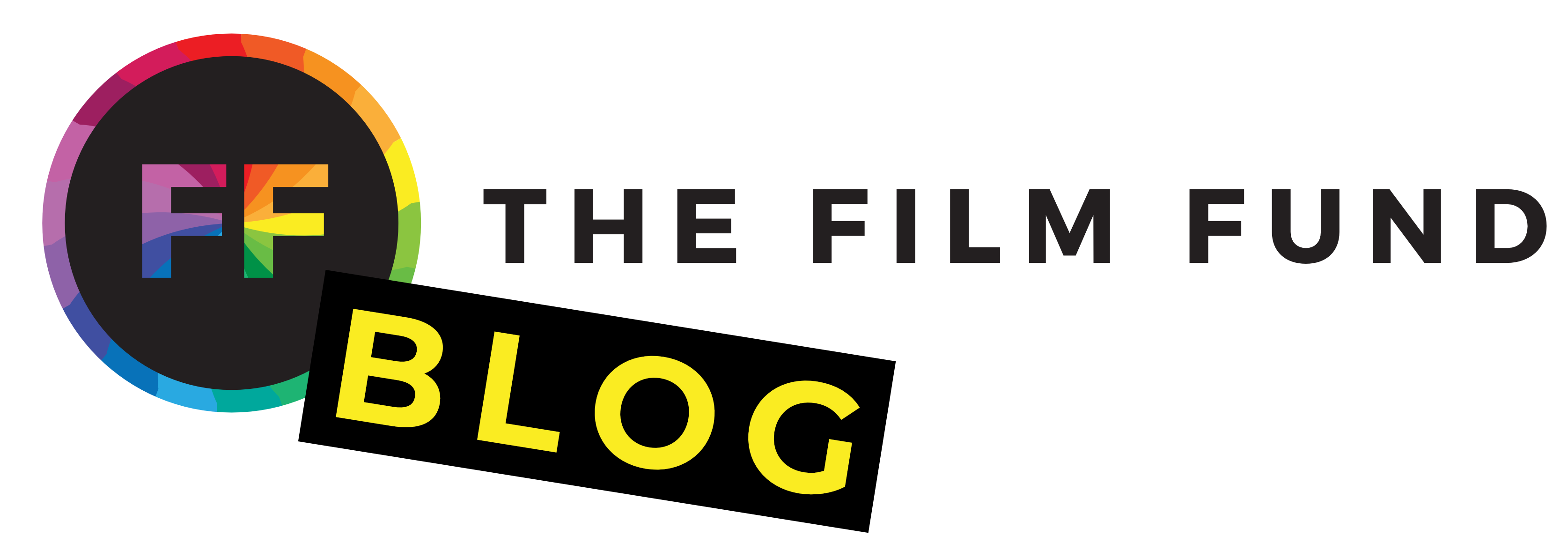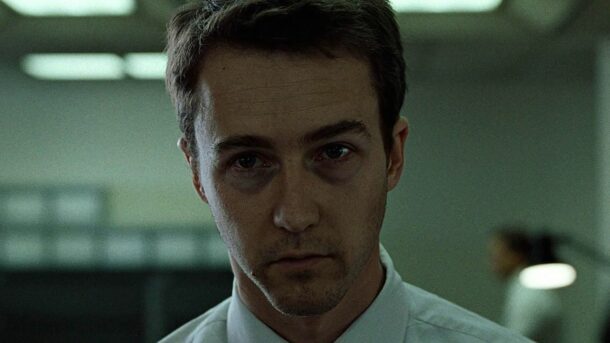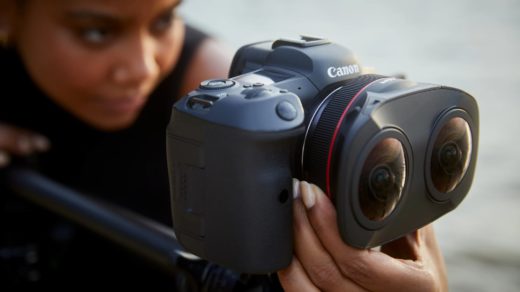Narration in film is the voice that whispers insights, shares secrets, and connects us intimately with the characters and their worlds. It’s the unseen storyteller, the narrative thread weaving through visuals, adding depth and context to the unfolding tale. Imagine it as the gentle hand guiding you through the cinematic landscape, providing a roadmap to understanding the intricacies of the narrative.
In the vast canvas of filmmaking, narration isn’t just a storytelling device – it’s a key to unlocking emotional resonance and audience engagement. It allows filmmakers to delve into character motivations, offer unique perspectives, and establish a connection that goes beyond what the eye can see. Narration in film becomes a bridge, inviting viewers to step into the minds of characters, comprehend their struggles, and feel the heartbeat of the story.
In this deep dive, we will embark on a journey to explore the nuances of narration in film, unraveling its different forms and understanding when and how to wield its power. We’ll dissect the art of narration, offering insights and examples that illustrate its effectiveness. So, fasten your seatbelts and get ready to discover how narration in film can transform your cinematic experience. Let’s dive into the heart of narration in film, where every word spoken carries the weight of a thousand emotions.
Understanding Narration in Film
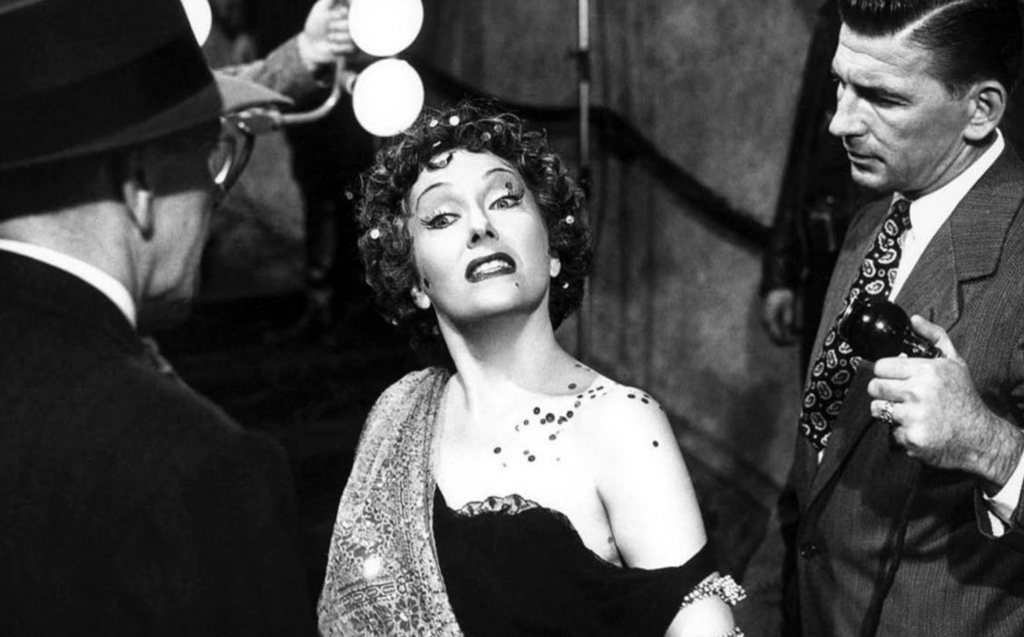
Definition and Types
Narration in film is a versatile storyteller, donning different forms to convey its message. One common form is the internal monologue, where a character’s voice provides insight into thoughts, emotions, and events. It’s like having a personal guide, sharing the untold stories that lurk beneath the surface. Another captivating type is that of an omniscient narrator, one who guides the story and can explain from all points of view as they are removed from the story itself. Unreliable narrators, on the other hand, will confuse and captivate the audience through their deception or untrustworthiness as a guiding force throughout the story.
Historical Perspective
To truly grasp the impact of narration in film, let’s take a stroll down the cinematic timeline. The evolution of narration in cinema mirrors the evolution of storytelling itself. From the early whispers of narration in silent films to the bold declarations in contemporary cinema, each era has contributed to shaping this narrative technique. Think of groundbreaking films that dared to experiment with narration, paving the way for future storytellers to push boundaries and redefine the art of filmmaking.
Classic Films That Pioneered Narration
As we explore the historical roots of narration in film, certain cinematic gems stand out as pioneers in utilizing this storytelling technique. Consider classics like “Sunset Boulevard,” where the protagonist’s voiceover becomes a haunting melody narrating the demise of a Hollywood star. Or delve into the intricate web of narratives in “Taxi Driver,” where the protagonist’s internal monologue serves as a window into his fractured psyche. These films not only entertained but also paved the way for a new era of storytelling, demonstrating the narrative prowess of well-executed narration in film.
When to Use Narration in Film

Advantages and Purpose
Picture this: you’re dropped into the middle of a bustling city, surrounded by unfamiliar faces and conflicting emotions. Now, imagine a friendly guide whispering in your ear, unraveling the city’s secrets and helping you connect with its inhabitants. That’s the magic of narration in film. It serves as a storytelling compass, providing context, background, and emotional depth to the narrative. Whether it’s setting the stage for the plot or offering a glimpse into a character’s inner world, narration in film, with a good purpose, becomes the key to unlocking a more profound cinematic experience.
Revealing Character Insights
One of the most potent uses of narration in film is its ability to peel back the layers of characters, revealing the intricacies that may go unnoticed on screen. As characters share their thoughts, fears, and desires through narration, the audience gains a front-row seat to their personal journeys. This intimate connection fosters empathy, transforming characters from mere actors on the screen to companions on a shared adventure. Narration becomes the bridge that connects the audience to the beating hearts of the story.
Enhancing Emotional Connection
In the intricate dance of filmmaking, emotion takes center stage. Narration, when used judiciously, becomes the choreographer, guiding the audience through the highs and lows of the narrative. It’s not just about what we see; it’s about what we feel. By weaving narration seamlessly into the visual tapestry, filmmakers can amplify the emotional impact of their storytelling. The result? A more profound connection between the audience and the unfolding tale, where every word spoken resonates long after the credits roll.
How to Effectively Implement Narration in Film

Writing Compelling Narration
Crafting narration in film is akin to composing a melody that seamlessly integrates with the symphony of visuals. The words spoken hold the power to captivate and engage, guiding the audience through the narrative landscape or a documentarian’s tale. To achieve this, focus on writing compelling scripts that not only convey information but also evoke emotions. Consider the rhythm, tone, and cadence of the narration—transforming it into a storytelling instrument that harmonizes with the visual elements of your film.
Balancing Dialogue and Narration
In the intricate dance between dialogue and narration, finding the right balance is key. While narration provides insights and context, dialogue breathes life into characters and drives the plot forward. Strive for a harmonious blend, allowing each element to enhance the other. Remember, the best films are a symphony of voices, and narration is but one instrument contributing to the overall cinematic composition.
Seamless Integration with Visuals
Narration shouldn’t stand alone; it should dance hand in hand with visuals, creating a seamless narrative experience. Consider how each word spoken aligns with the images on screen, enhancing rather than overshadowing the visual storytelling. When done right, narration becomes an invisible thread weaving through the film, connecting disparate elements into a cohesive and immersive whole. Think of it as the glue that binds the viewer to the unfolding story.
Creating a Cohesive Narrative Experience
The ultimate goal of effective narration is to elevate the viewer’s experience, making them active participants in the storytelling journey. As you implement narration, strive for a cohesive narrative experience where every element, from visuals to sound to dialogue, contributes to the overarching story. This synergy transforms a film from a series of scenes into a captivating narrative tapestry, leaving a lasting impression on the audience.
Examples of Narration in Film Done Right
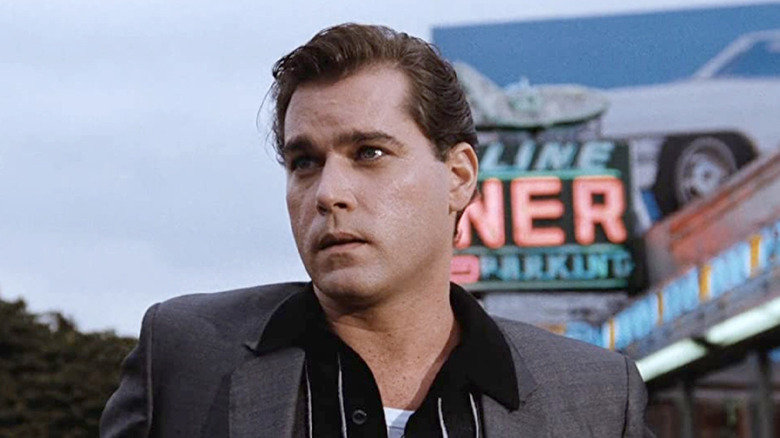
Goodfellas – Martin Scorsese’s Masterful Narrative
In the world of narration in film, Martin Scorsese’s “Goodfellas” stands as a shining example of mastery. The film employs first-person narration, with Henry Hill guiding us through the gritty underworld of organized crime. Scorsese seamlessly integrates Henry’s voiceover with dynamic visuals, creating an immersive experience that pulls the audience into the heart of the narrative. The result is a film where narration isn’t just a storytelling device but a character in itself, shaping our perception and enhancing our connection to the story.
Fight Club – Narration as an Unreliable Companion
Enter the mind-bending world of “Fight Club,” where narration in film takes on a whole new dimension. The unreliable narrator, played by Edward Norton, guides us through a twisted journey of identity and rebellion. The film’s use of narration not only serves to unravel the plot but also challenges our understanding of reality. It’s a brilliant example of narration as a tool for subverting expectations, keeping the audience on the edge of their seats and questioning the very fabric of the story.
The Shawshank Redemption – Narration for Emotional Impact
Moving onto another cinematic triumph, “The Shawshank Redemption” showcases the emotional potency of narration. Morgan Freeman’s character, Red, serves as the guiding voice, leading us through the hardships and triumphs of life behind bars. The narration, rich with wisdom and reflection, elevates the emotional impact of the story. It’s a testament to how a well-crafted narrative voice can transform a film into a poignant and unforgettable experience.
Common Pitfalls to Avoid in Narration in Film
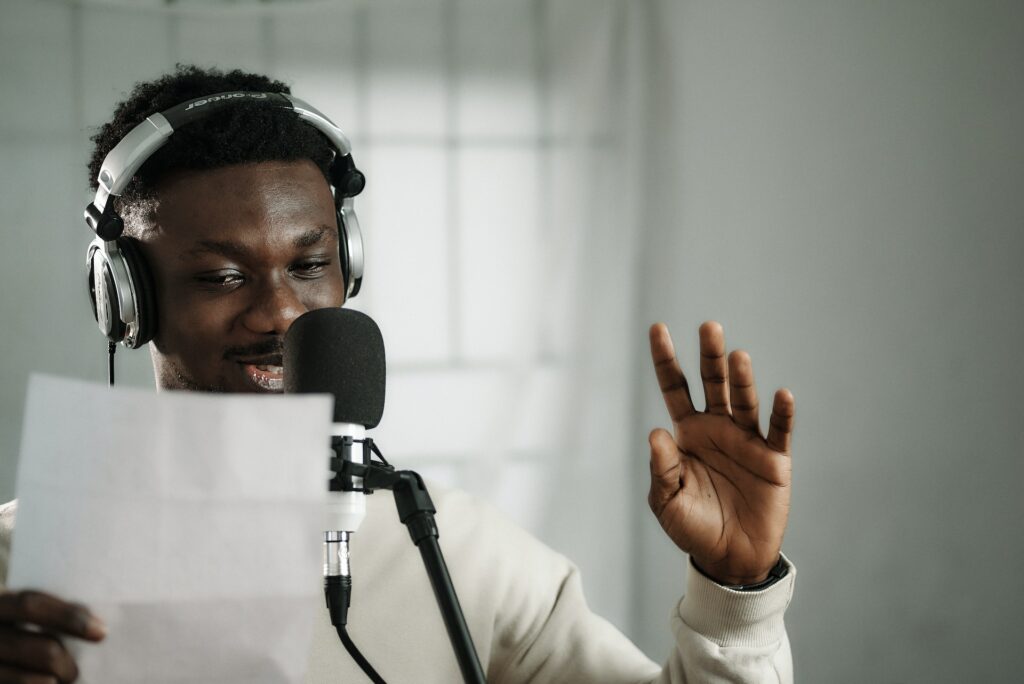
Over-reliance on Narration
While narration can be a storytelling gem, like any powerful tool, it can lose its luster when overused. One common pitfall is an over-reliance on narration, where filmmakers lean too heavily on spoken exposition at the expense of visual storytelling. Imagine a film where every nuance is spelled out through narration, leaving little room for the audience’s imagination. Striking a balance is crucial; let narration enhance the story, not carry its entire weight. Remember, the magic of cinema lies in the marriage of visuals and narrative, each complementing the other to create a harmonious experience.
Clumsy Integration with Visuals
The dance between narration and visuals should be elegant, not clumsy. An often-seen pitfall is the awkward integration of narration with the visual elements of a film. Imagine a scene where the narration seems disconnected from what’s happening on screen, creating a jarring experience for the viewer. To avoid this, meticulous planning is essential. Ensure that every word spoken aligns seamlessly with the visuals, enhancing rather than detracting from the overall cinematic narrative. And don’t forget, you do not need to be afraid to let the visuals take the wheel if needed.
Spoon-feeding the Audience
One of the joys of cinema is the viewer’s active engagement in deciphering the story. Spoon-feeding every detail through narration can strip away the audience’s agency, leaving little room for interpretation. Avoid the pitfall of spoon-feeding by trusting your audience to connect the dots. Allow narration to provide insights without spelling out every nuance, fostering a more engaging and intellectually satisfying cinematic experience. Remember, a thoughtful audience is an invested audience, and leaving room for interpretation can lead to richer and more rewarding storytelling.
In Conclusion
In the captivating tapestry of filmmaking, narration emerges as a brushstroke that adds depth, color, and emotion to the canvas. As we wrap up our exploration of narration in film, let’s recap the key takeaways. Narration, whether through voiceovers, internal monologues, or character addresses, serves as a guiding force, revealing the hidden layers of a narrative. Its power lies not just in conveying information but in forging emotional connections and elevating the audience’s cinematic experience.
To the aspiring filmmakers and storytellers, consider this a call to arms. Narration in film is not a rigid formula but a versatile tool waiting to be wielded with creativity and finesse. Use it to breathe life into characters, unravel complex plots, and immerse your audience in the worlds you create. Don’t shy away from experimentation; let narration be your ally in crafting memorable and impactful stories that resonate with audiences long after the credits roll.
And if you’re looking to bring your new, exciting ideas to life but are struggling to get enough funds, check out our film funding contest! By submitting a single-sentence explanation of your short film, you could win up to $10,000 in funding for the production of your short film. Head over to our entry page to learn more and sign up now.
